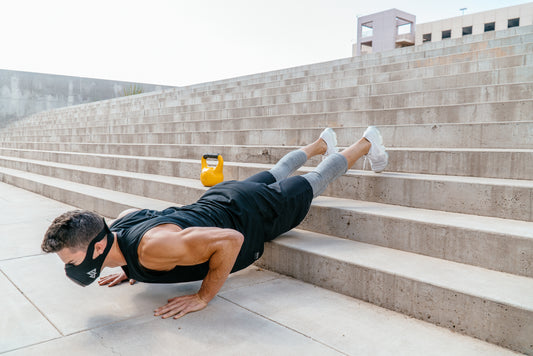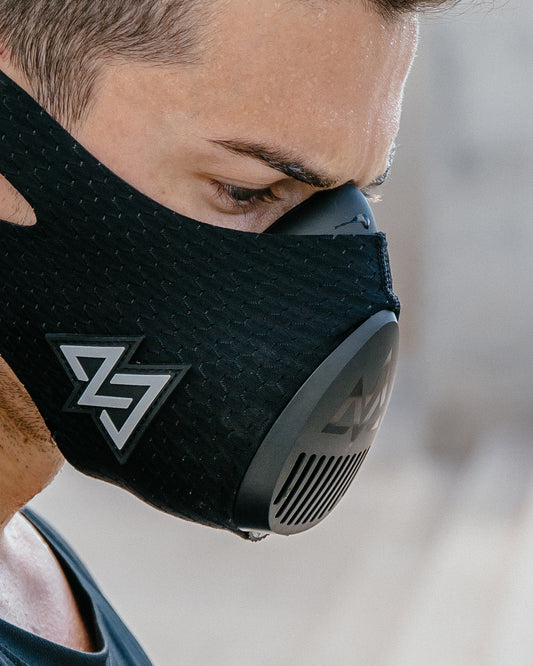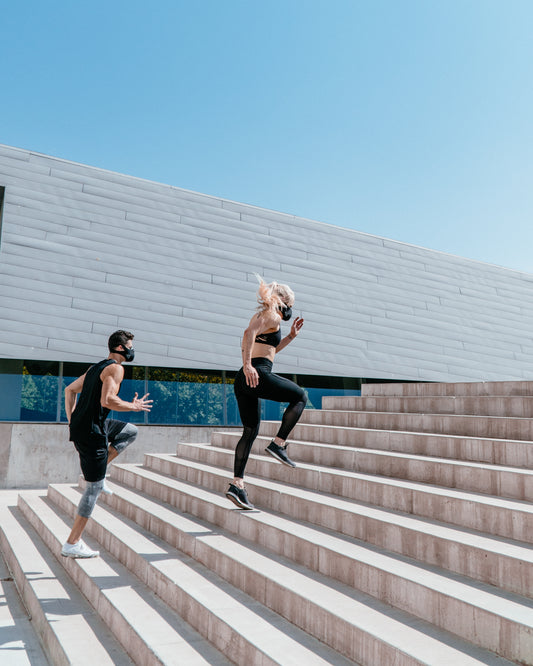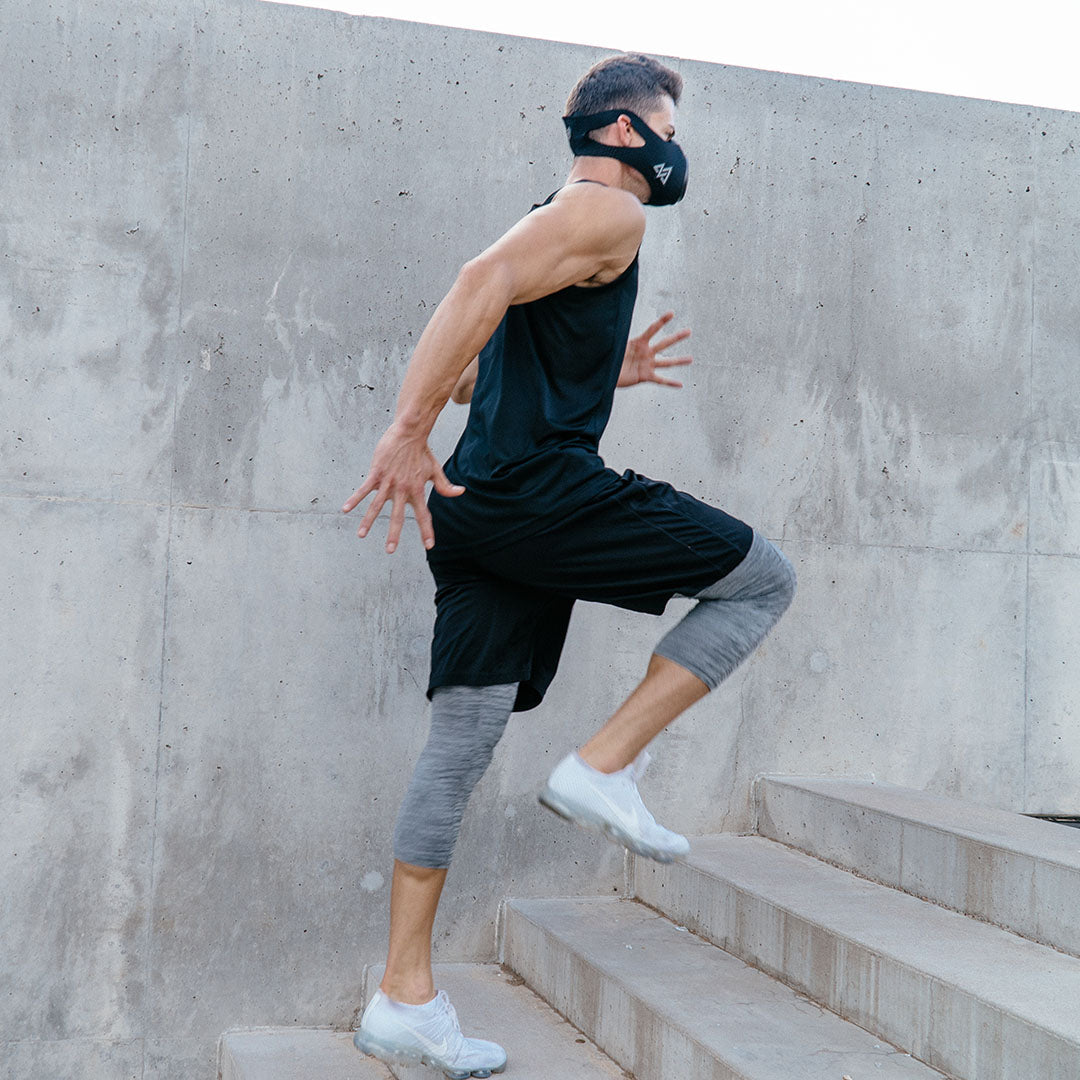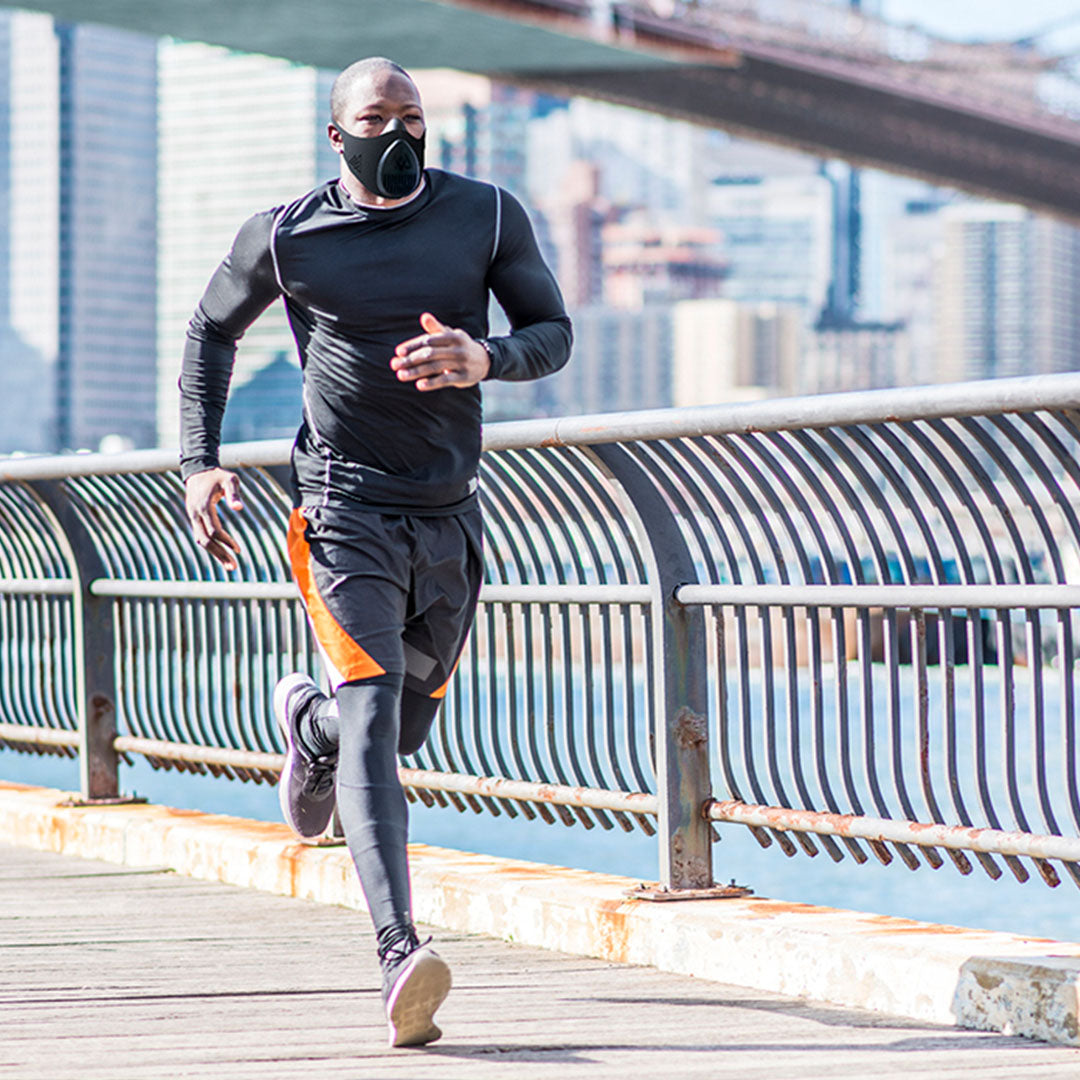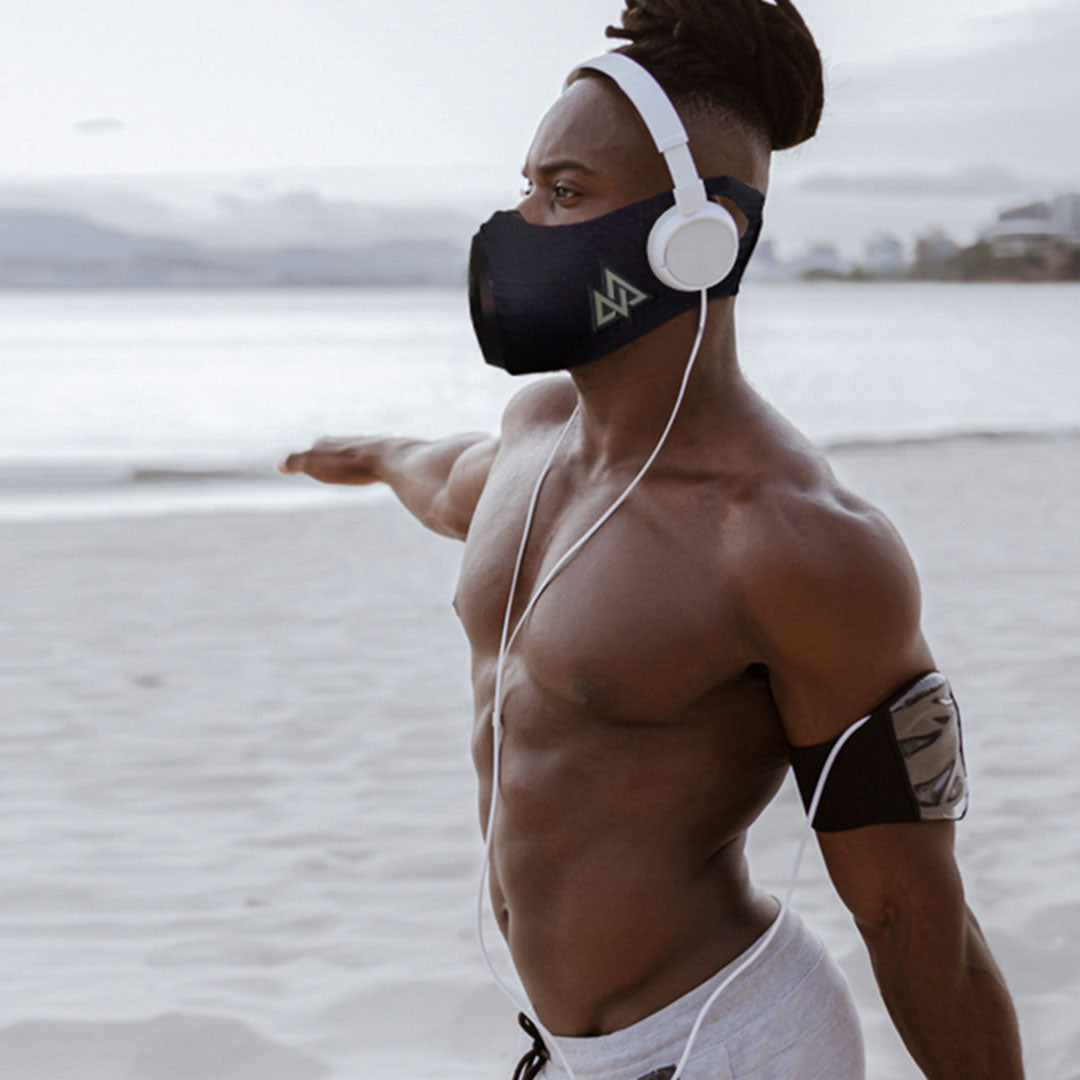This article is a response to an article that claimed that Respiratory Muscle Training otherwise known as IMT (Inspiratory Muscle Training), does not improve athletic performance. The author of this piece also stated that respiratory training may also impede your workout. There were a whole host of false truths in that article, but the most blatant was his claim that IMT does not improve performance. He was an advocate of hypoxic training however. This was more than likely do to the fact that his company sells multi-thousand-dollar chamber simulators, but that is here nor there.
Every day more and more evidence surfaces about the advantages of including respiratory conditioning into traditional workout plans. There are a number of reasons why respiratory training improves performance. The most important of which is that deeper breaths lead to better tissue oxygenation. This common sense point in and of itself, refutes the critic authors argument. But why do deeper breaths oxygenate better? The simple answer is that our lungs are chalked full of little organelles called alveoli. Alveoli are the components of our lungs that are responsible for exchanging oxygen for carbon dioxide with the outside air.
Typical tidal breathing (normal breathing) only uses a fraction of the cumulative surface area of the lungs. In most cases this is the top third. Ironically this area of the lungs does not perfuse oxygen as well as the middle third of the lungs and lower third of the lungs (according to a recognized theoretical framework named the ‘3 zones’ theory). Why is this? Gravity. There is more blood in the lower and middle portions of our lungs than there is in the top portion. More blood in the alveoli means more blood that can bind to oxygen. Most of us chest breath during our regular daily activities. These poor habits almost always translate over into our workouts. Upper chest breathing primarily inflates the top portion of our lungs leaving the lower zones unused.
The answer to more effective lung inflation lies solely with a stronger respiratory musculature. Strong and well-conditioned breathing muscles allow us to breath slower and deeper while we train. This gives the lungs enough time to inflate more effectively thereby allowing atmospheric air to reach the alveoli in the lower zones of the lungs. The result is less fatigue and higher work output over extended time intervals. But the real key to optimal lung inflation while we train rests with the firing sequence of respiratory muscles.
Our diaphragm is the captain of the team when it comes to our breathing muscles. If we can master diaphragmatic breathing across multiple postures and during varied functional activities, we can insure that we can reap the benefits of deeper respiration. Most of us fall into bad breathing habits as the workload increases. The worst of which is the over activation of the secondary muscles of breathing (scalenes, lats, etc.). And what is the key indicator that this is happening one might ask? Rapid and shallow breathing cycles in response to an escalating work load. All of us can identify with the shortness of breath feeling we get when we reach our limit during a workout. It seems as if no amount of breaths can quench our thirst for more air. This may be attributed to respiratory muscle fatigue, and inadequate power output that leads to the activation of the secondary muscles. A diaphragm that is stronger and that has a higher endurance threshold, will insure that the prime movers of breathing stay engaged longer which will ultimately lead to higher anaerobic output for longer periods of time.
The tricky part in all of this is that it is very difficult to isolate the diaphragm. It is relatively simple to focus on diaphragmatic technique while we are in a stationary position, or during light activity. However, attempting to focus on diaphragmatic breathing while we are under load is a completely different story. What if there was a device that did that for us? Luckily there is…The Training Mask. It is the first and most effective functional respiratory muscle trainer available. The mask applies resistance to every breath taken during training. In order to get a satisfying breath, one has to inhale slower and more forcefully. This style of inhalation isolates the diaphragm in ways that diaphragmatic breathing alone could never accomplish. The beauty of using the Training Mask during exercise is that it facilitates proper breathing technique without having to focus on it. This allows the user to get the benefits of diaphragmatic training across multiple training domains. Fatigue is the enemy during exercise. The Training Mask gives its users the tool they need to defeat this foe. Or we can go out and buy a multi-thousand-dollar chamber that only gives us the benefits of hypoxic training for a price tag that is far more expensive than a Training Mask. The simple version of these devices (tents) can cost upwards of 5k and they do not strengthen the breathing muscles. Are there merits to hypoxic training? Yes. Are there benefits to Respiratory Muscle Conditioning? Yes. Why not do both for a fraction of the cost with a Training Mask?
All Copyrights belong to TRAININGMASK.LLC (R) - Do not copy or duplicate


